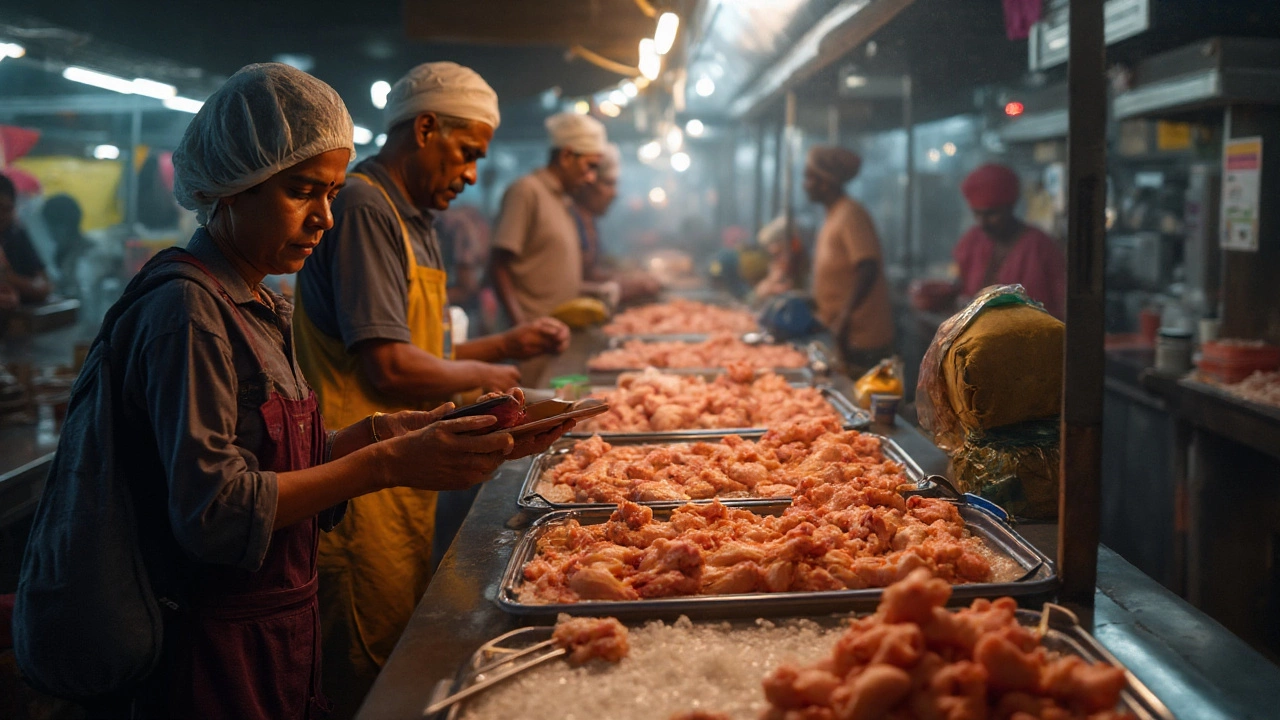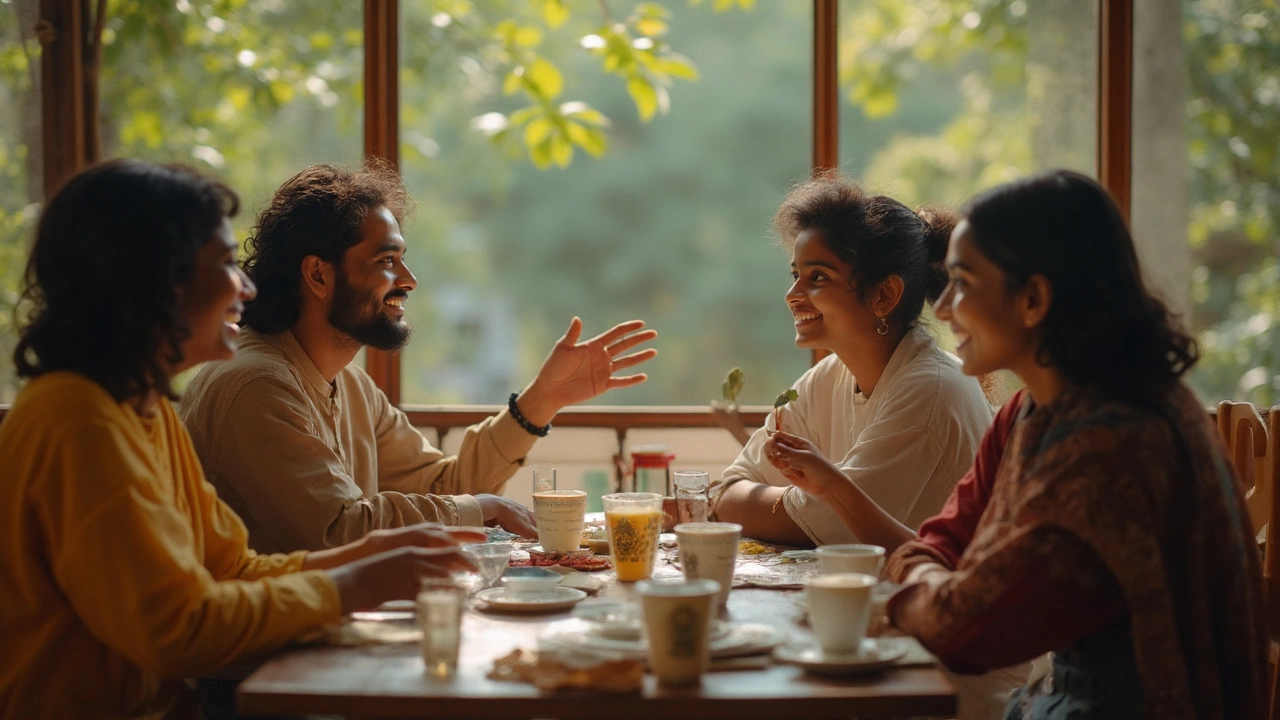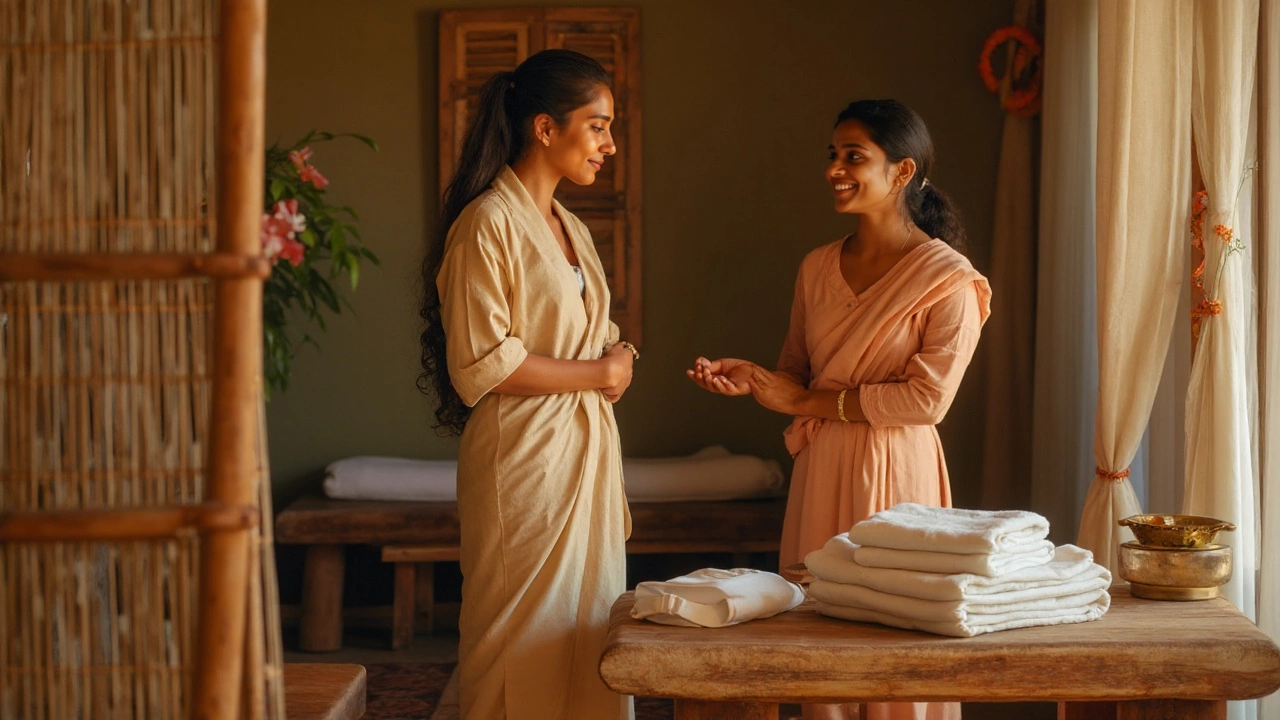
India's Oldest Landmark: Discover the Ancient Sanchi Stupa
Explore why Sanchi Stupa, commissioned by Ashoka around 250BCE, is regarded as India's oldest landmark, its history, architecture, visitor tips, and preservation.
When you think of Tamil culture, the living traditions of Tamil-speaking people in South India and beyond, rooted in language, food, and ritual. Also known as Tamil heritage, it’s not just about ancient temples—it’s what people eat for breakfast, how they greet elders, and why they massage their bodies with warm oil before sunrise. This isn’t history locked in books. It’s happening right now—in home kitchens, at neighborhood temples, and in quiet spa rooms where Ayurvedic massage is more than a treatment—it’s a daily ritual.
People don’t just celebrate Tamil festivals, religious and seasonal events like Pongal or Thai Pongal, marked by rice dishes, kolam designs, and family gatherings. They live them. In September 2025, families were still preparing pongal in clay pots, just like their grandparents. Meanwhile, the debate over Indian food culture, how food choices reflect religion, region, and identity across India, from halal to jhatka methods spilled into Tamil homes too. Is chicken okay? When? How? People didn’t just ask—they shared stories. One woman in Madurai said she only eats jhatka chicken on Fridays, while another in Coimbatore avoids it entirely during temple festivals. These aren’t rules from a book. They’re personal choices shaped by generations.
And then there’s the quiet side—the mornings spent in silence under warm oil. Ayurvedic massage, a traditional healing practice using herbal oils, often done at home or in local spas, to balance body and mind isn’t just for tourists. In September, dozens of readers asked: What do I wear? Do I need disposable underwear? Can I keep my jewelry on? The answers weren’t found in brochures—they came from real people who’ve been doing this for years. One man in Chennai said he wears a dhoti, no underwear, and lets the therapist drape him. Another woman in Bangalore uses a cotton saree and keeps her earrings on because, she says, "It’s my luck." These details matter. They’re not quirks. They’re part of the culture.
What you’ll find here isn’t a list of facts. It’s a snapshot of real Tamil life in 2025—how people eat, how they rest, how they honor old ways without pretending the world stopped changing. Whether you’re Tamil, visiting Tamil Nadu, or just curious about what makes this culture stick, these stories show you the rhythm behind the rituals. No fluff. No myths. Just what people are doing, thinking, and feeling right now.

Explore why Sanchi Stupa, commissioned by Ashoka around 250BCE, is regarded as India's oldest landmark, its history, architecture, visitor tips, and preservation.

Yes-chicken is widely eaten across India. Here’s how to do it right: laws, culture, halal vs jhatka, safety tips, pricing, festivals, and the best regional dishes.

Wondering if someone is Indian or Pakistani? Here’s a respectful, practical guide: why looks and names mislead, how to ask, what cues are OK, and what to avoid.

Worried about what to wear to an Ayurvedic massage? See exactly what to keep on, what to pack, and how draping works for Abhyanga, Shirodhara, and more.